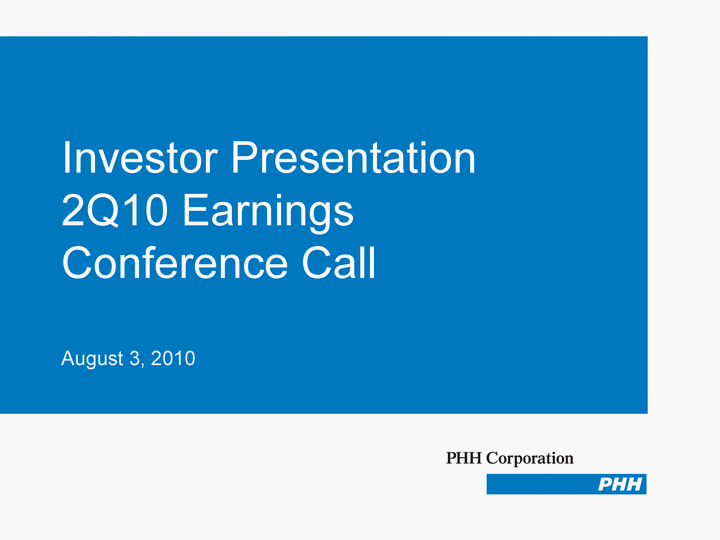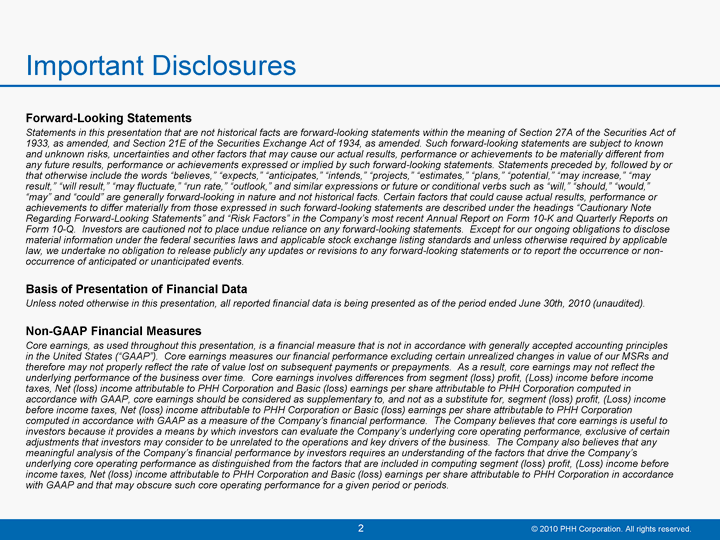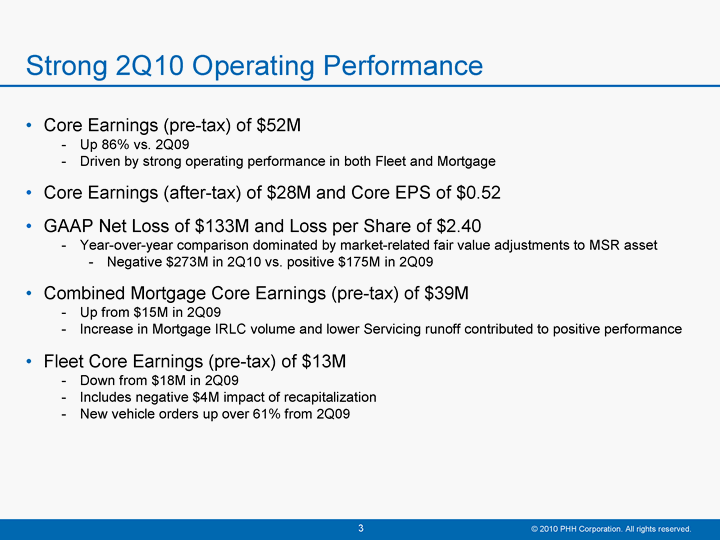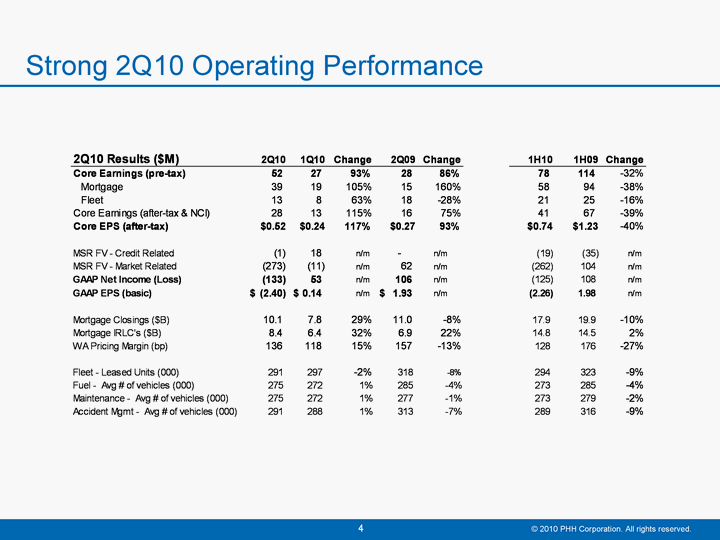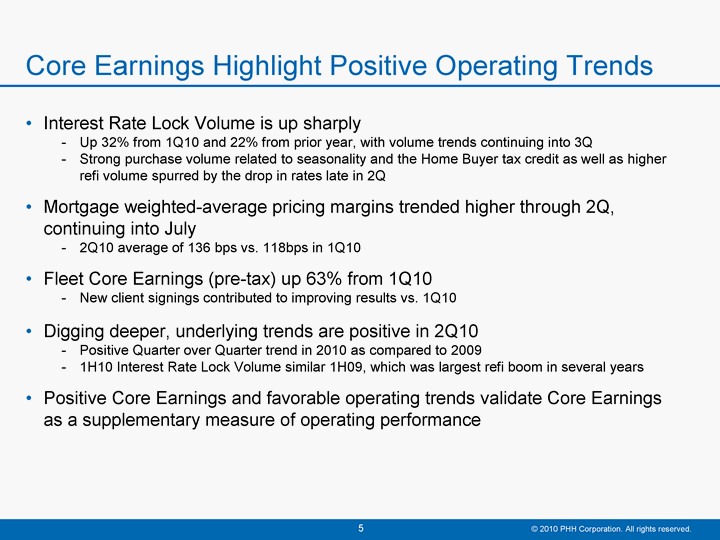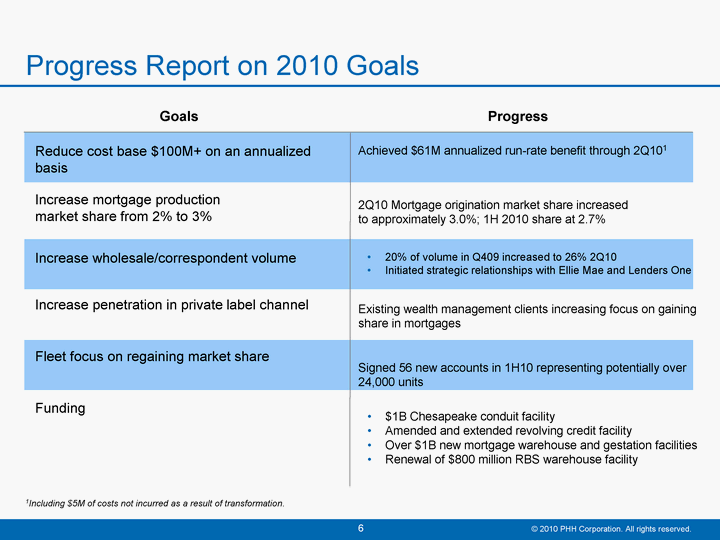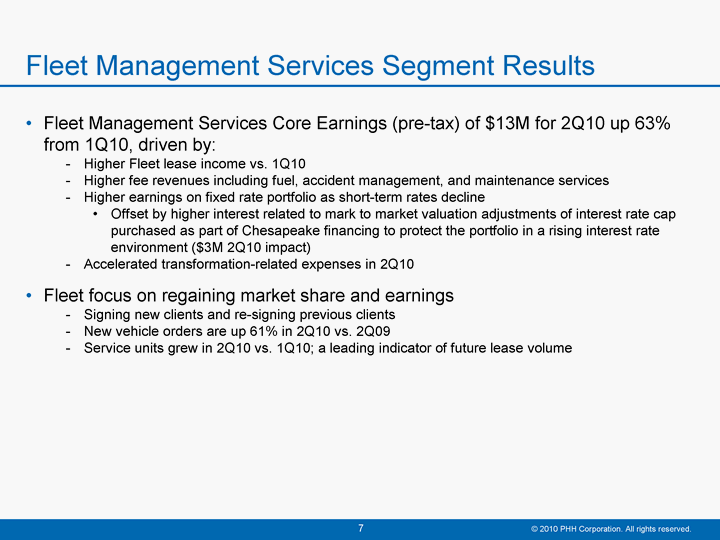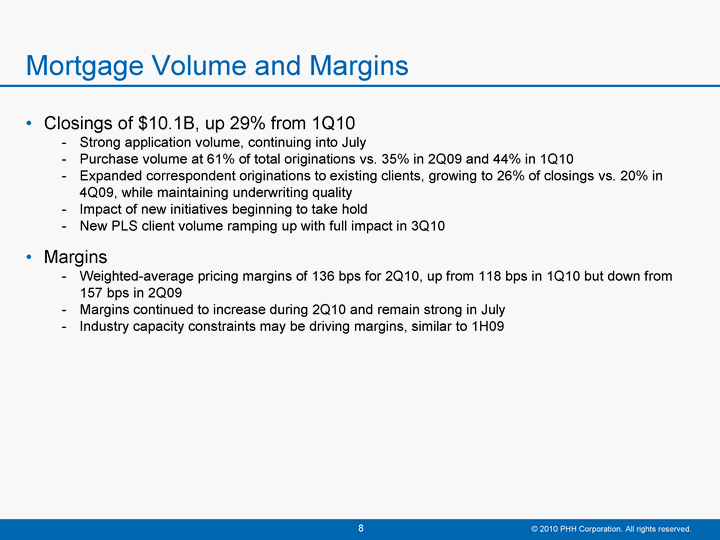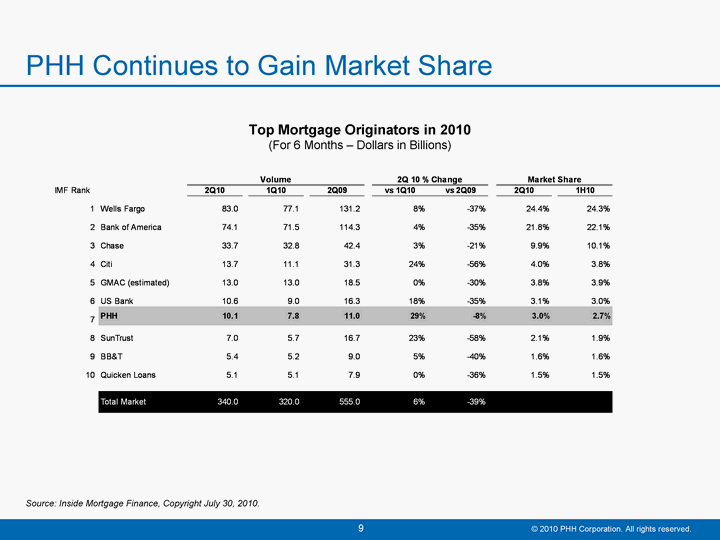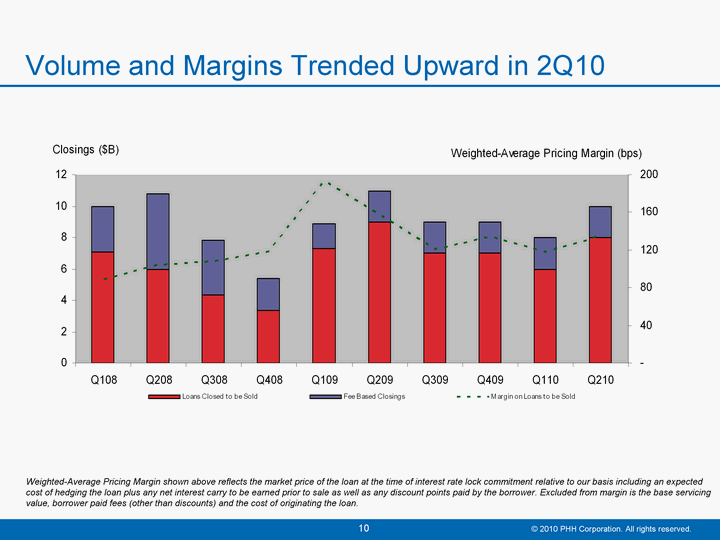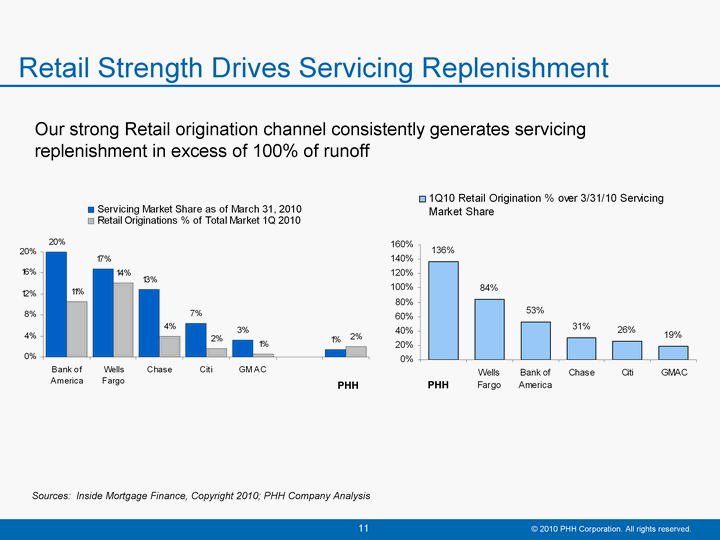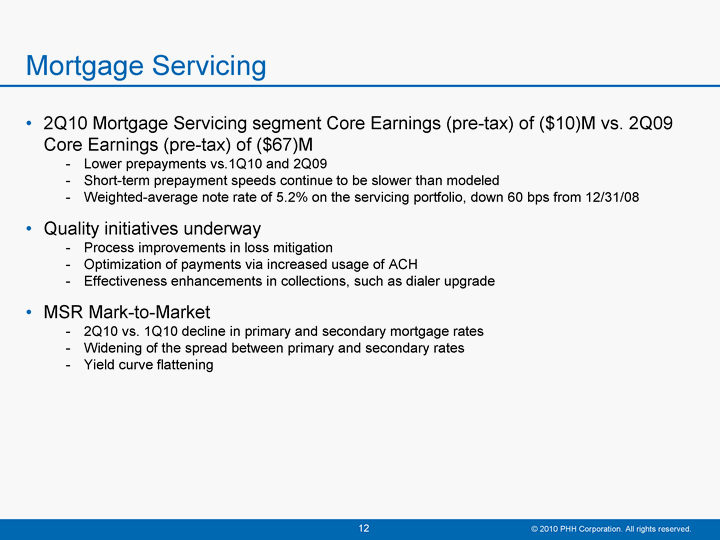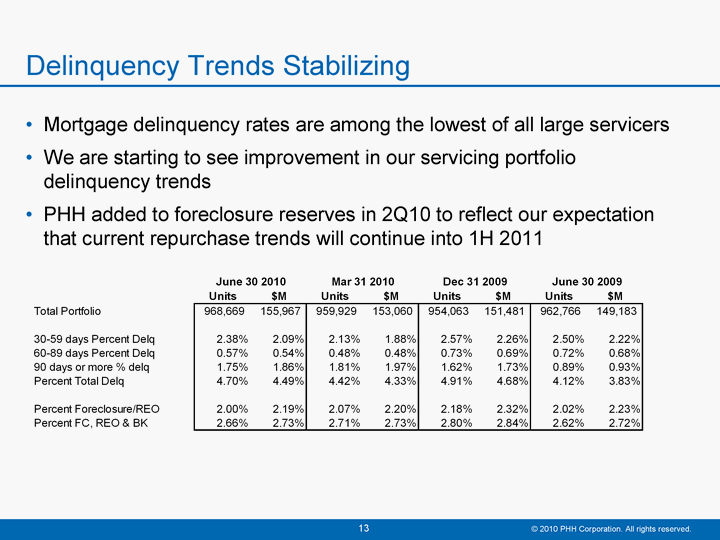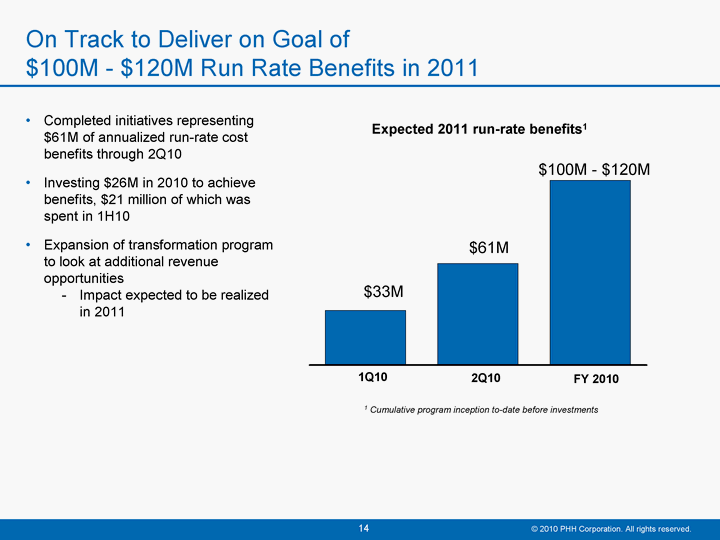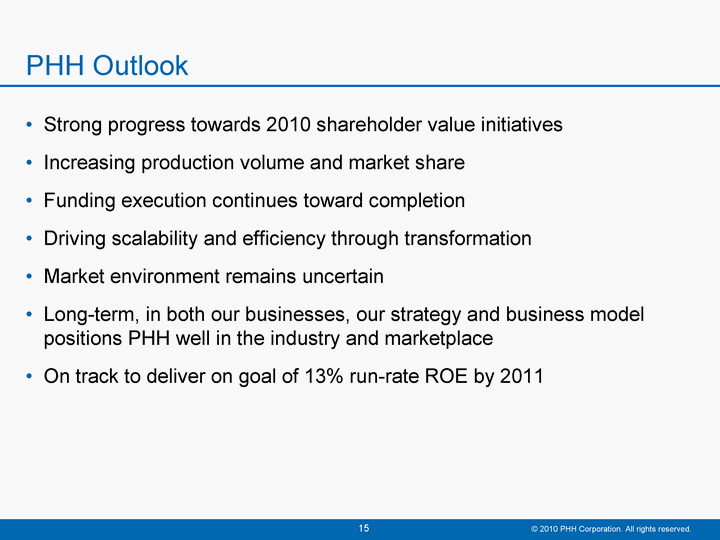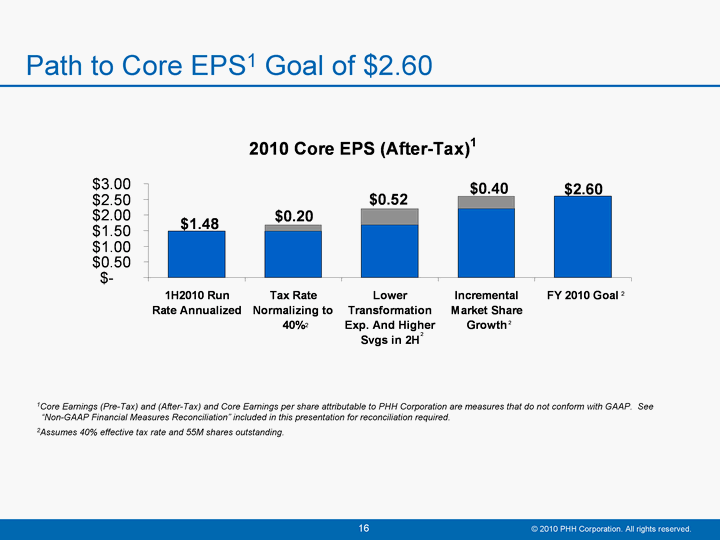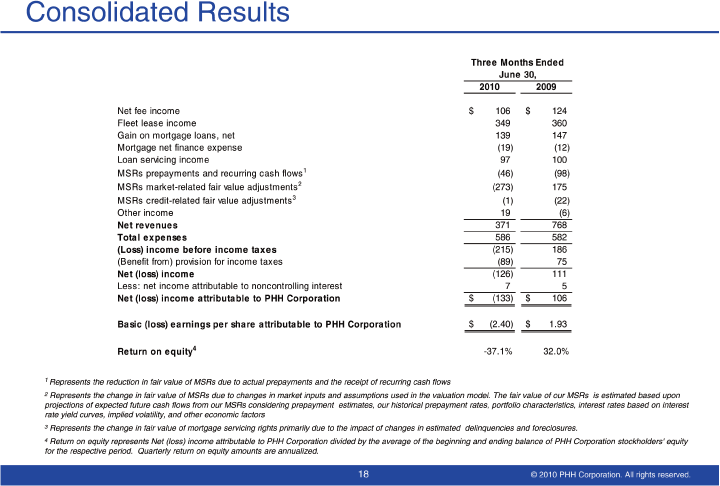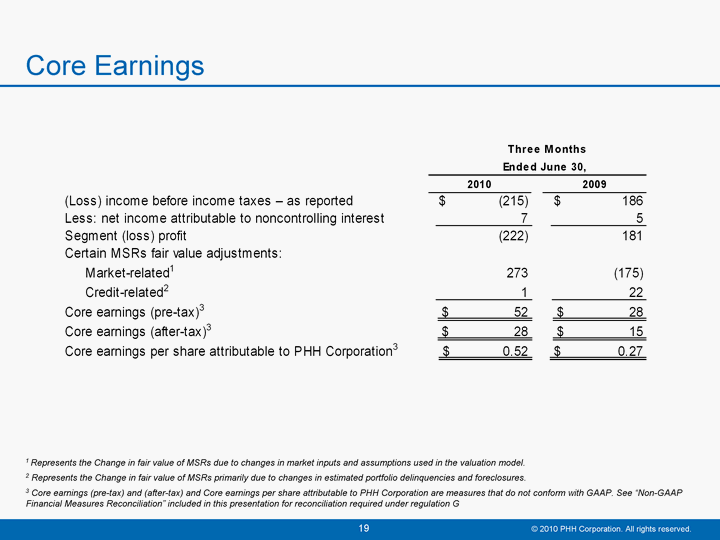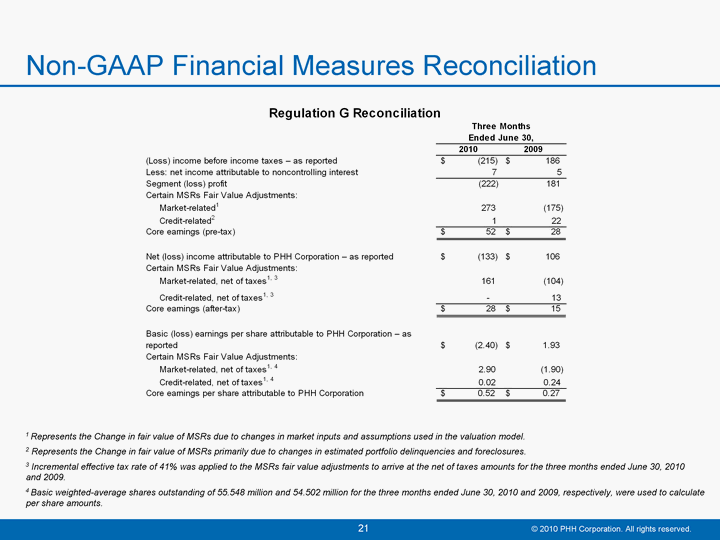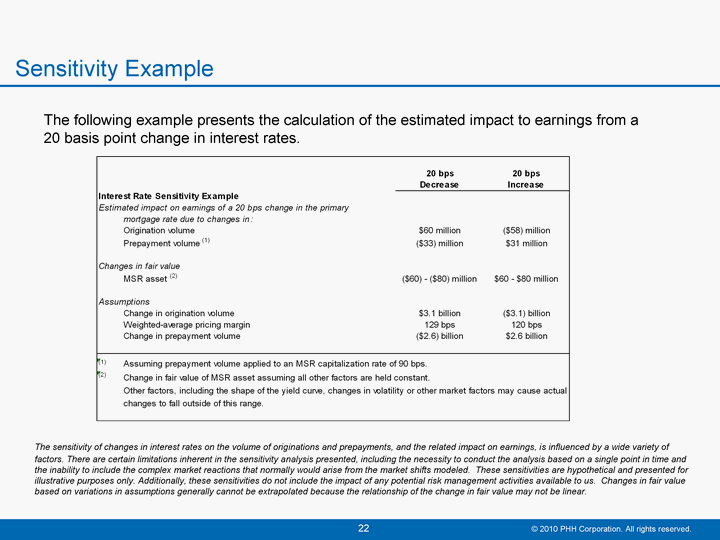| Forward-Looking Statements Statements in this presentation that are not historical facts are forward-looking statements within the meaning of Section 27A of the Securities Act of 1933, as amended, and Section 21E of the Securities Exchange Act of 1934, as amended. Such forward-looking statements are subject to known and unknown risks, uncertainties and other factors that may cause our actual results, performance or achievements to be materially different from any future results, performance or achievements expressed or implied by such forward-looking statements. Statements preceded by, followed by or that otherwise include the words "believes," "expects," "anticipates," "intends," "projects," "estimates," "plans," "potential," "may increase," "may result," "will result," "may fluctuate," "run rate," "outlook," and similar expressions or future or conditional verbs such as "will," "should," "would," "may" and "could" are generally forward-looking in nature and not historical facts. Certain factors that could cause actual results, performance or achievements to differ materially from those expressed in such forward-looking statements are described under the headings "Cautionary Note Regarding Forward-Looking Statements" and "Risk Factors" in the Company's most recent Annual Report on Form 10-K and Quarterly Reports on Form 10-Q. Investors are cautioned not to place undue reliance on any forward-looking statements. Except for our ongoing obligations to disclose material information under the federal securities laws and applicable stock exchange listing standards and unless otherwise required by applicable law, we undertake no obligation to release publicly any updates or revisions to any forward-looking statements or to report the occurrence or non- occurrence of anticipated or unanticipated events. Basis of Presentation of Financial Data Unless noted otherwise in this presentation, all reported financial data is being presented as of the period ended June 30th, 2010 (unaudited). Non-GAAP Financial Measures Core earnings, as used throughout this presentation, is a financial measure that is not in accordance with generally accepted accounting principles in the United States ("GAAP"). Core earnings measures our financial performance excluding certain unrealized changes in value of our MSRs and therefore may not properly reflect the rate of value lost on subsequent payments or prepayments. As a result, core earnings may not reflect the underlying performance of the business over time. Core earnings involves differences from segment (loss) profit, (Loss) income before income taxes, Net (loss) income attributable to PHH Corporation and Basic (loss) earnings per share attributable to PHH Corporation computed in accordance with GAAP, core earnings should be considered as supplementary to, and not as a substitute for, segment (loss) profit, (Loss) income before income taxes, Net (loss) income attributable to PHH Corporation or Basic (loss) earnings per share attributable to PHH Corporation computed in accordance with GAAP as a measure of the Company's financial performance. The Company believes that core earnings is useful to investors because it provides a means by which investors can evaluate the Company's underlying core operating performance, exclusive of certain adjustments that investors may consider to be unrelated to the operations and key drivers of the business. The Company also believes that any meaningful analysis of the Company's financial performance by investors requires an understanding of the factors that drive the Company's underlying core operating performance as distinguished from the factors that are included in computing segment (loss) profit, (Loss) income before income taxes, Net (loss) income attributable to PHH Corporation and Basic (loss) earnings per share attributable to PHH Corporation in accordance with GAAP and that may obscure such core operating performance for a given period or periods. Important Disclosures |
